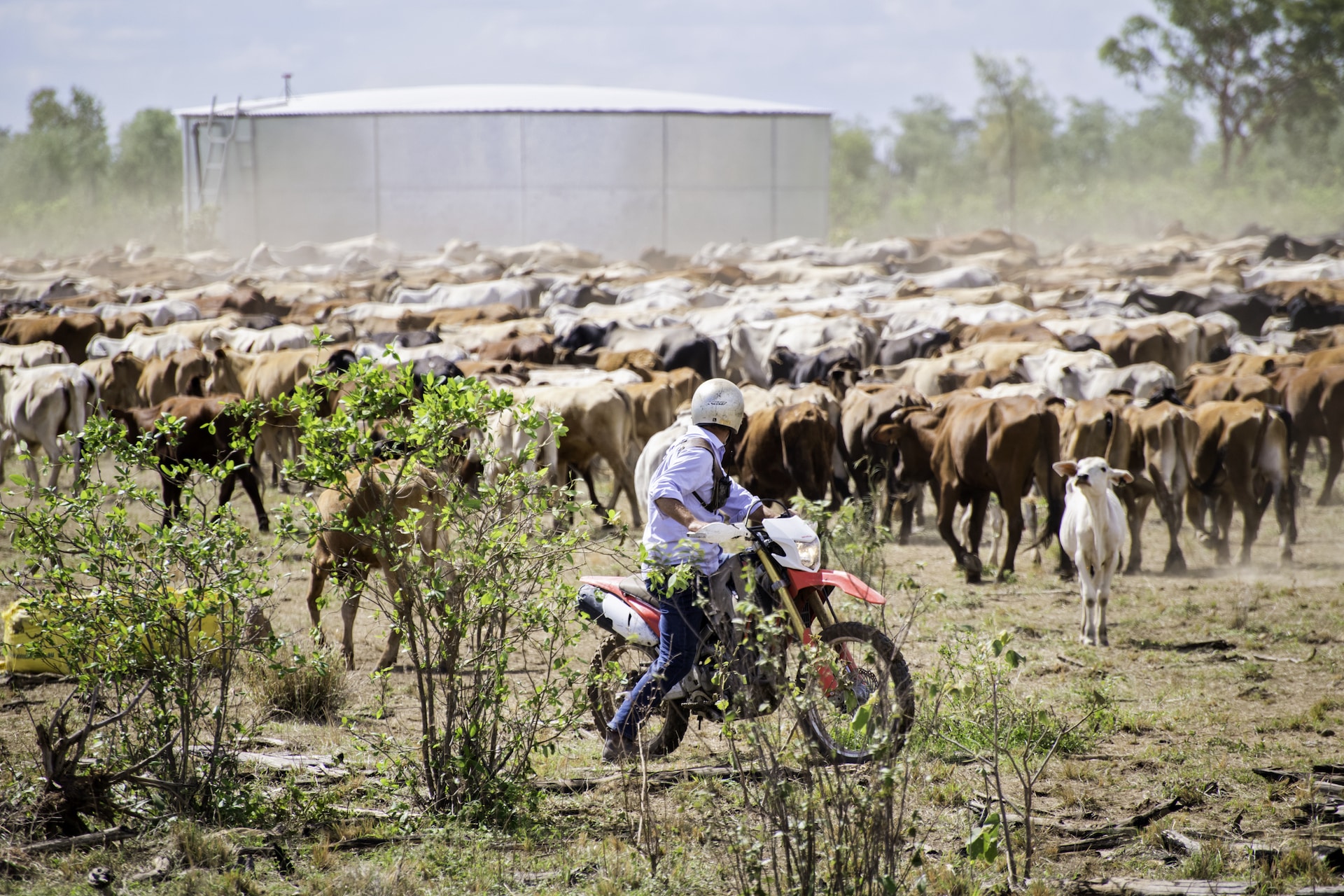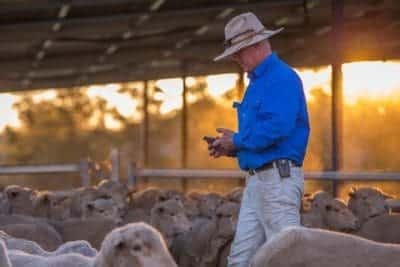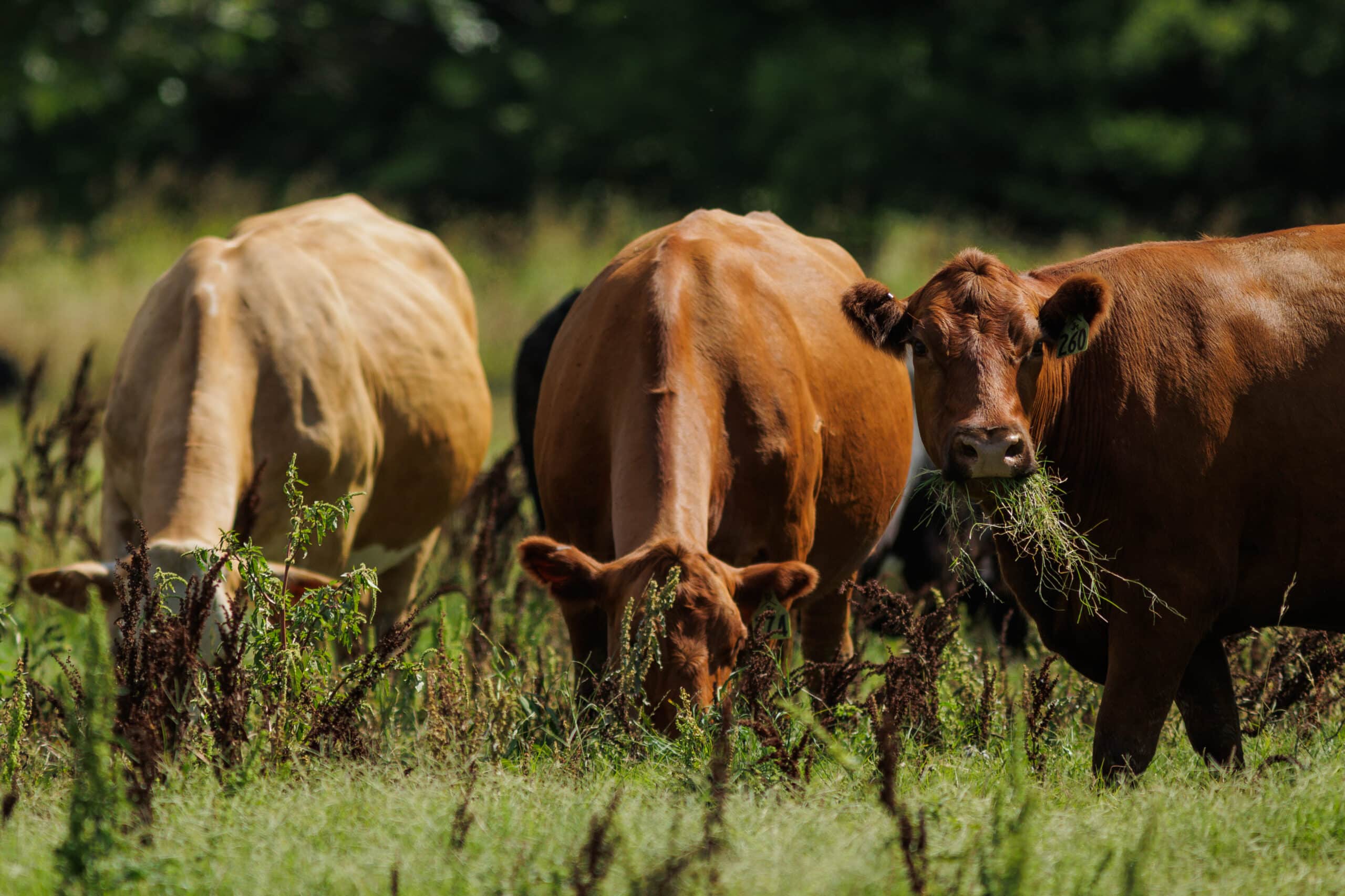A Brief Guide to Outdoor Lambing
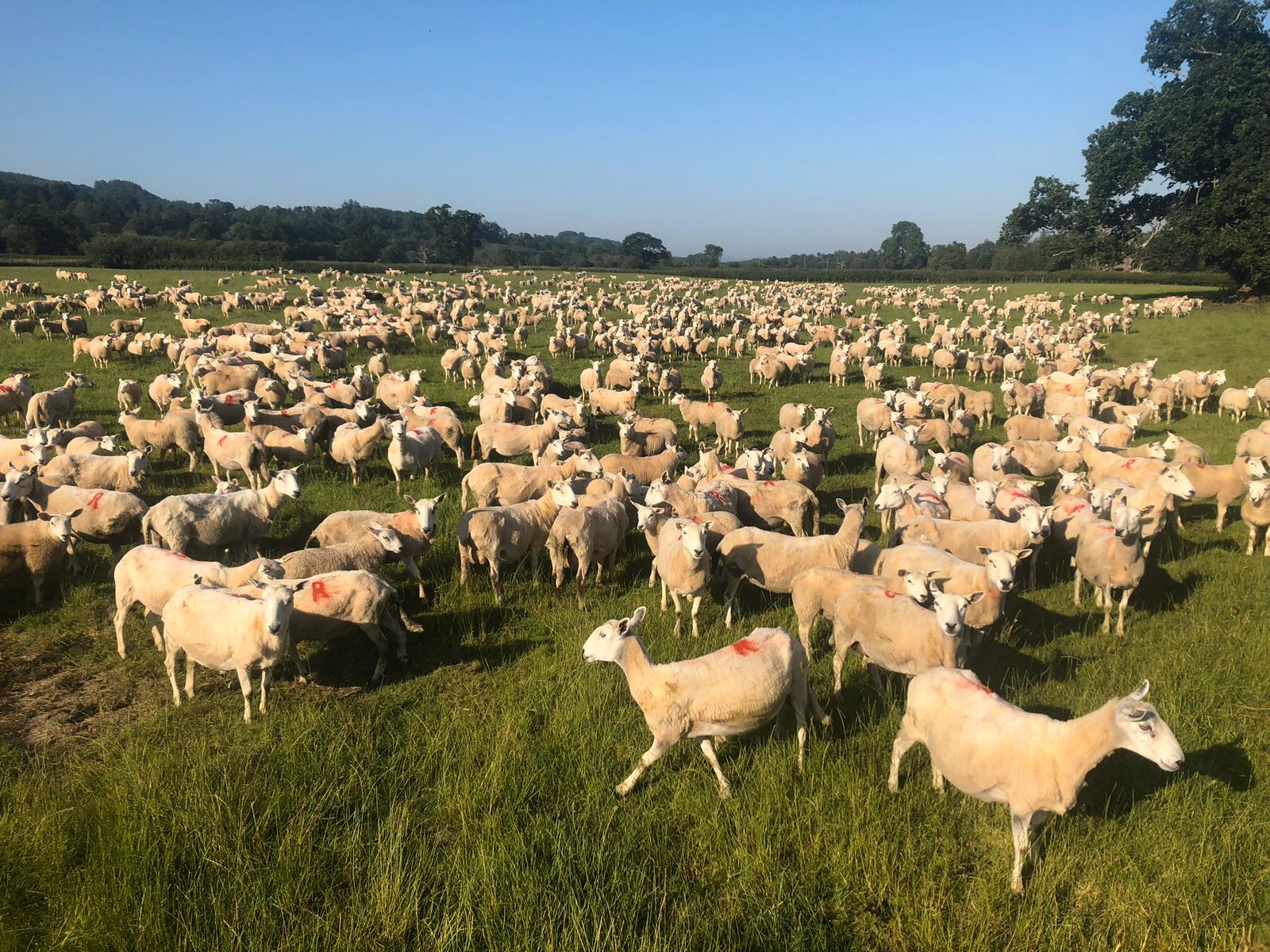
Taking your ewes out of the lambing sheds can lower costs, but shouldn’t be done without careful consideration.
As lambing draws to an end, it can be tempting to hurry on to your next task on the farm, but now is the ideal time to reflect on how your season went.
Were the inputs higher than you had hoped? Did your lambing rate live up to expectations? Did the whole process cause more stress than necessary? It’s only through careful consideration (with a review of your farm and sheep records) that you’ll know whether you’re heading in the right direction.
One way you could lower your costs is through outdoor lambing, but it isn’t something you should do lightly. Rob Hodgkins’ family discovered the practice inadvertently when foot and mouth struck in 2001. While the flock was spared the disease, it meant the ewes couldn’t be moved and had to lamb in the field. That planted the seed of an idea, about raising sheep that could thrive with outdoor lambing.
Today, Rob farms with his wife Jo on Kaiapoi, in North Hertfordshire. They run 2,250 NZ Romney ewes, across 1,000 acres of semi-improved grassland. Their long-term goal: to create the ultimate outdoor lambing ewe for the UK climate.
Recently, Rob shared some of his ideas around outdoor lambing with AgriWebb:
The Benefits of Outdoor Lambing
1. It’s less labour intensive, with one shepherd able to lamb 1200 ewes by himself, instead of employing staff 24 hours a day.
2. There’s less costly infrastructure. You don’t need a big shed to house your sheep during lambing or have to build pens.
3. There’s less disease risk when sheep aren’t being housed and less antibiotic use.
4. You save money because you don’t need hard feed or silage for the ewes, or straw to bed them up.
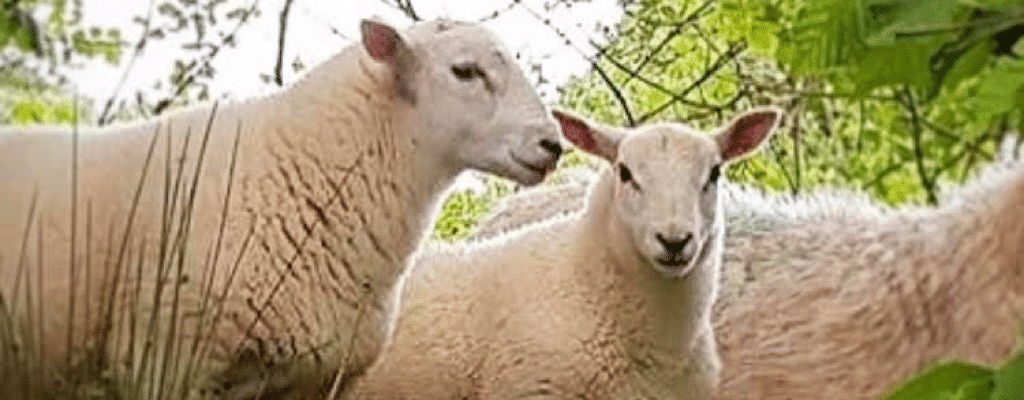
5 Tips for Successful Outdoor Lambing
Start with a hardy breed: The Hodgkins’ ewes, NZ Romneys, have been bred so that they can lamb with as little interference as necessary.
Feed ewes according to their needs: Ewes should be scanned and fed according to litter size. Singles have a target body condition score of 2.5-3, and twins 3. Triplets, which are given the best grazing land and a mineral block, have a target of 3.5.
Provide sufficient shelter: There should be enough shelter from the elements that ewes aren’t forced to lamb in the same area, as that increases the risk of disease.
Provide adequate water: If you don’t have enough troughs and ewes have to go searching for water, there is a greater chance they will be unable to find their lambs when they return, leading to miss-mothering and lamb loss.
Identify good mothers: Eight-week weight and weaning weight are recorded, giving a good insight into the maternal ability of the ewe. At weaning, lamb mortality is recorded. If a ewe isn’t rearing her lambs, she won’t be kept in the elite flock.
Outdoor lambing isn’t simply a matter of leaving your ewes out in the field – it takes careful planning and management. If you’d like to know how AgriWebb’s reporting features can help you decide whether it’s a route worth taking, please contact us at 0772 350 4669 or on live chat today.
